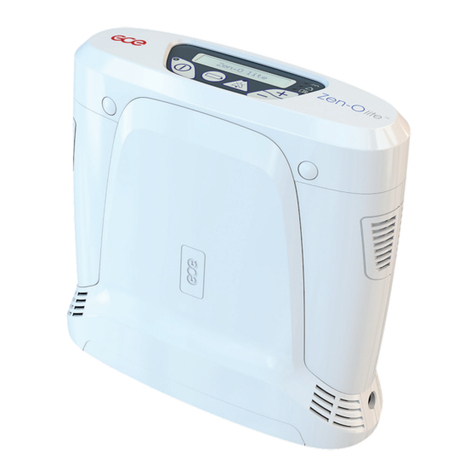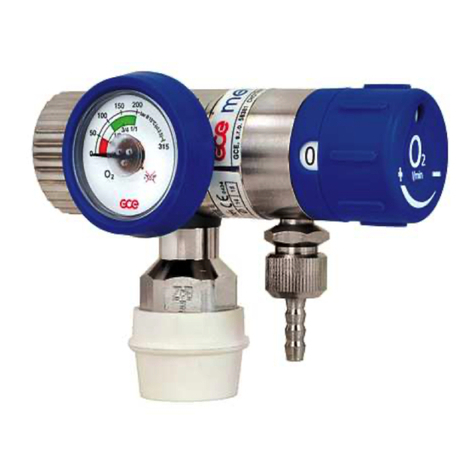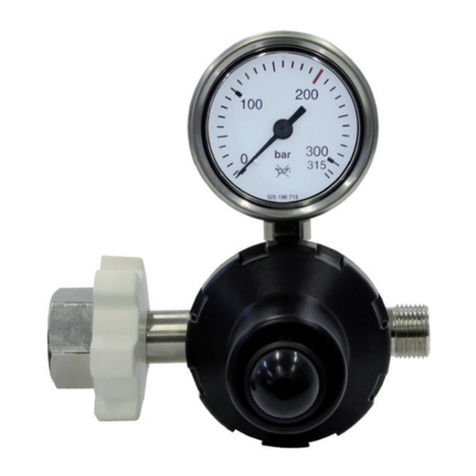GCE MediFlowTec MEDIFLOW 2 User manual
Other GCE Medical Equipment manuals
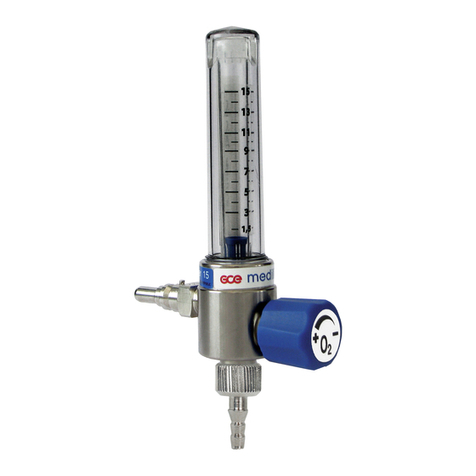
GCE
GCE MEDIMETER User manual
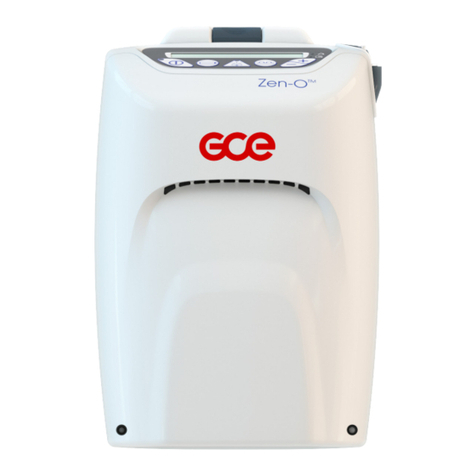
GCE
GCE Zen-O RS-00500 User manual

GCE
GCE OC Series User manual

GCE
GCE Zen-Olite RS-00600 User manual

GCE
GCE Zen-O RS-00500 User manual

GCE
GCE MediVital User manual

GCE
GCE Zen-O lite RS-00600 User manual
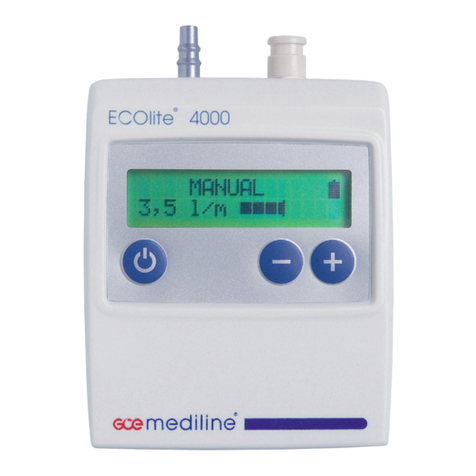
GCE
GCE ECOlite4000 User manual
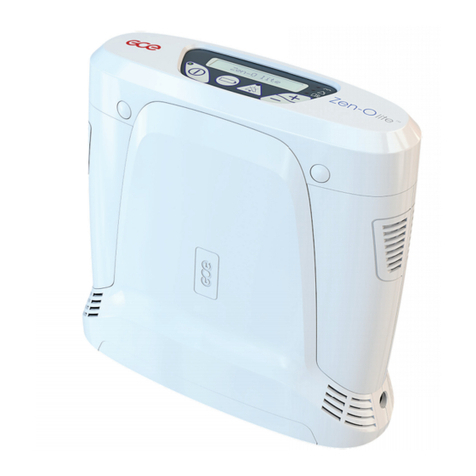
GCE
GCE Zen-O lite RS-00600 User manual
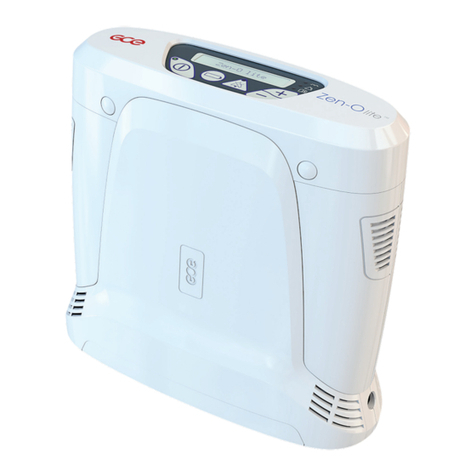
GCE
GCE RS - 00600 User manual
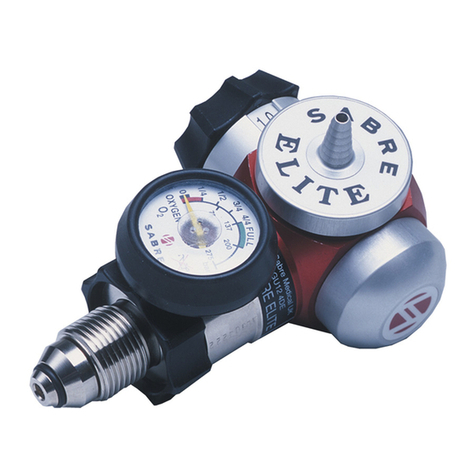
GCE
GCE ELITE ELH BS PROBE User manual
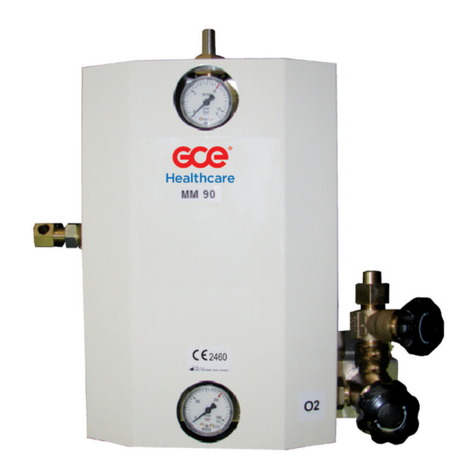
GCE
GCE MM90 STANDBY User manual
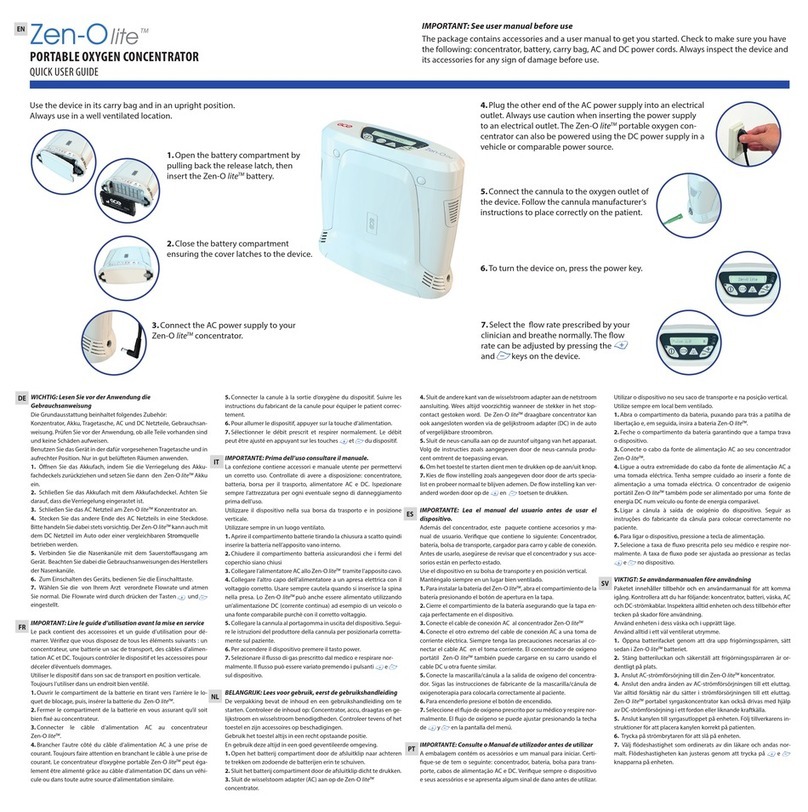
GCE
GCE Zen-O lite Instruction manual
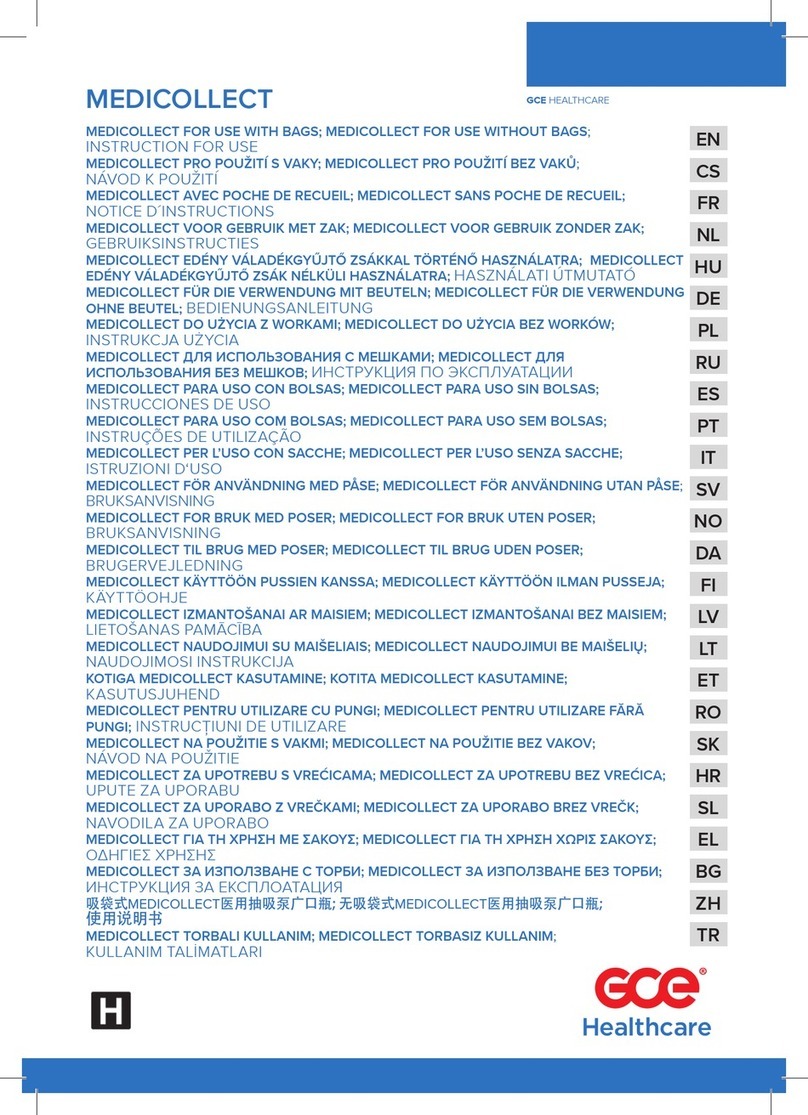
GCE
GCE MEDICOLLECT User manual

GCE
GCE Zen-O lite RS-00600 User manual

GCE
GCE Zen-O RS-00500 User manual
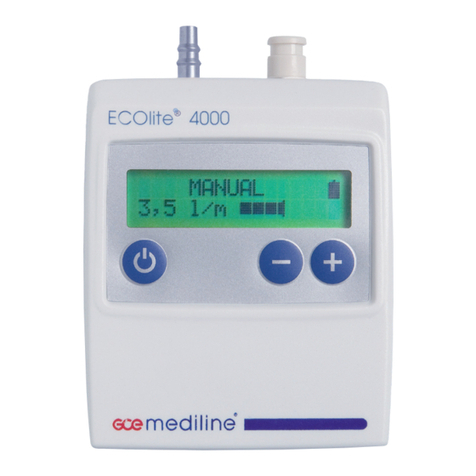
GCE
GCE Medline ECOLITE 4000 User manual
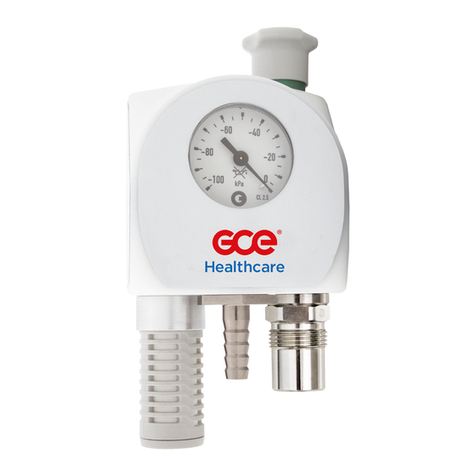
GCE
GCE MEDIEJECT II User manual
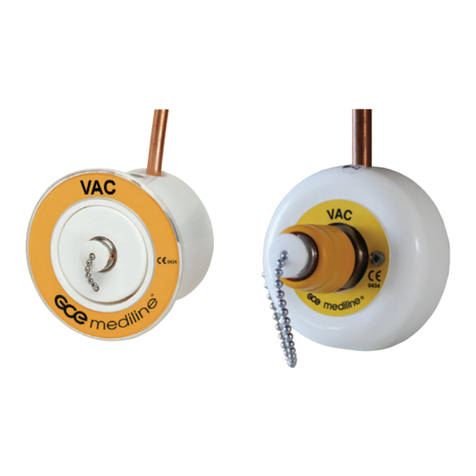
GCE
GCE TERMINAL UNITS MINI User manual

GCE
GCE Zen-O RS-00500 User manual
Popular Medical Equipment manuals by other brands

Getinge
Getinge Arjohuntleigh Nimbus 3 Professional Instructions for use

Mettler Electronics
Mettler Electronics Sonicator 730 Maintenance manual

Pressalit Care
Pressalit Care R1100 Mounting instruction

Denas MS
Denas MS DENAS-T operating manual

bort medical
bort medical ActiveColor quick guide

AccuVein
AccuVein AV400 user manual





